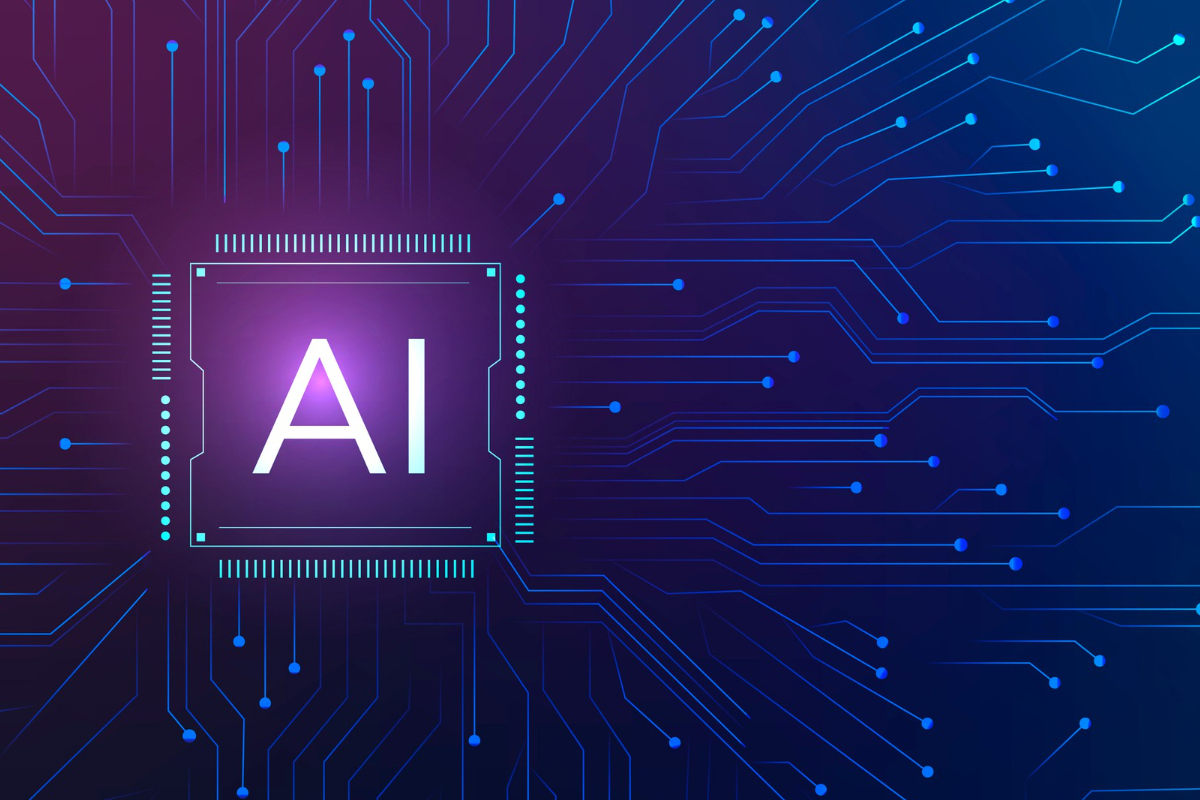
What can GPT-3 do?
GPT-3 stands for third-generation Generative Pre-trained Transformer.
GPT-3, especially when used with chatbots, is the perfect tool for human-machine discussions because of its ability to generate meaningful text.
Ways to integrate Artificial Intelligence (AI) in healthcare
The opportunity of artificial intelligence (AI) to improve results in concerns of our health, specifically in concerns of both life and death, is extremely intriguing. Although there are still many challenges to be solved before Digital health care becomes a reality, chief among them are data privacy issues and worries about poorly managed care due to human supervision gaps and machine error, there is enough promise that governments, tech companies, and healthcare providers are willing to invest in and test out AI-powered tools and solutions.
- AI aids in the analysis of diagnostic imaging:
The instrument of AI is utilized for case screening. It helps a physician review scans and photos. In order to prioritize crucial cases, prevent potential errors while reading electronic health records (EHRs), and create more accurate diagnoses, radiologists or cardiologists might use this information.
- AI is able to predict renal disease:
Acute kidney injury (AKI) can indeed be hard for medical professionals to recognize, yet it can cause patients to rapidly deteriorate and endanger their lives. Early identification and treatment of these instances can significantly reduce the need for lifelong therapy and the expense of hemodialysis because it is estimated that 11% of hospital deaths result from an inability to recognize and receive treatment.
- Predictive analytics employs AI to analyze data:
Clinicians may improve their workflows, clinical judgments, and treatment plans by transforming EHRs into AI-driven prediction tools. NLP and ML have the ability to read a patient’s whole medical history in real-time and link it to symptoms, chronic afflictions, or a disease that affects other family members. They can use the outcome to create a predictive analytics tool that can identify and treat diseases before they pose a serious threat to human life.
- The flow of activity and administrative work:
Another way AI might affect healthcare is by automating administrative tasks. As a result of the time that machines can save doctors, nurses, and other healthcare providers on chores, it is anticipated that the healthcare business might save $18 billion. Technologies like voice-to-text transcriptions could assist with writing chart notes, ordering tests, and prescribing drugs.
Realistic GPT-3 application in healthcare
Artificial intelligence (AI) applications that generate natural language hold a lot of potential and are the focus of a lot of buzzes. That promise does come true in part. Routineizing tiresome tasks for providers should help them feel more engaged at work and spend less time interacting with computers, a well-known issue.
Applications for artificial intelligence (AI) and natural language processing (NLP) may be used to perform repetitive tasks including creating orders, navigating through complicated Electronic Health Record (EHR) systems, and automating documents for human approval.
Unrealistic GPT-3 applications in healthcare.
General artificial intelligence is not GPT-3. It won’t and it can’t (at least not yet) replace a human connection that demands humanity. Although GPT-3 fared well on tests that involved free-form conversations to gauge reading comprehension, it did poorly on a dataset designed to simulate the dynamic give-and-take of student-teacher interactions. It also did poorly on multiple-choice questions from middle and high school exams.
It makes sense because it has no “knowledge” altogether. One of GPT-3’s biggest flaws is that it opposes itself, repeats logically, and degrades consistency over time. It would be impossible to use GPT-3 as a stand-in for a healthcare provider or as a proxy in high-stakes situations like a medical emergency or an emotionally charged dialogue.
GPT-3 Examples:
The most notable GPT-3 application is the ChatGPT language model. ChatGPT is a variant of the GPT-3 paradigm intended for human interaction. It contains the ability to challenge incorrect assumptions, ask carry questions, and acknowledge errors. During its research preview, ChatGPT was made freely accessible to the general public in order to collect user feedback. Lessening the chance of unfavorable or deceptive responses was one of ChatGPT’s objectives.
Dall-E is another popular illustration. The AI image-generating neural network Dall-E is based on a GPT-3 variant with 12 billion parameters. Dall-E can produce images from user-supplied text prompts after being trained on a set of text-image pairs. Dall-E and ChatGPT were created by OpenAI.
Advantages of GPT-3 In healthcare
- Natural language processing progress:
GPT 3 is a major innovation in the field of natural language processing (NLP), enabling more interactions between people with technology and so more efficient natural language processing.
- Improved Efficiency and Productivity:
GPT-3 can perform a variety of jobs, from content production to language translation, which can save IT staffing solutions important time and boost productivity.
- Better User Experience:
GPT-3’s powerful language processing capabilities can make using technology feel more like interacting with people since they enable interactions that are more human-like and natural.
- Improved Decision-Making Capabilities:
GPT 3 can assist firms in making smarter, data-driven decisions by offering practical insights and suggestions based on huge amounts of information.
Disadvantages of GPT-3 in healthcare
- Lack of Diversity and Bias:
GPT-3, like many AI models, was trained using pre-existing data and may thus reflect the biases and lack of diversity in that data. As a result, biased outcomes and damaging perceptions may be propagated.
- Privacy and Security Issues:
Like with any AI model that handles a lot of data, GPT 3’s storage and use of this data raise privacy and security issues.
- Dependency on a Single Model:
Relying on a single AI model, such as GPT-3, might lead to lock-in risks and make it challenging to migrate to alternative solutions, should that become necessary.
